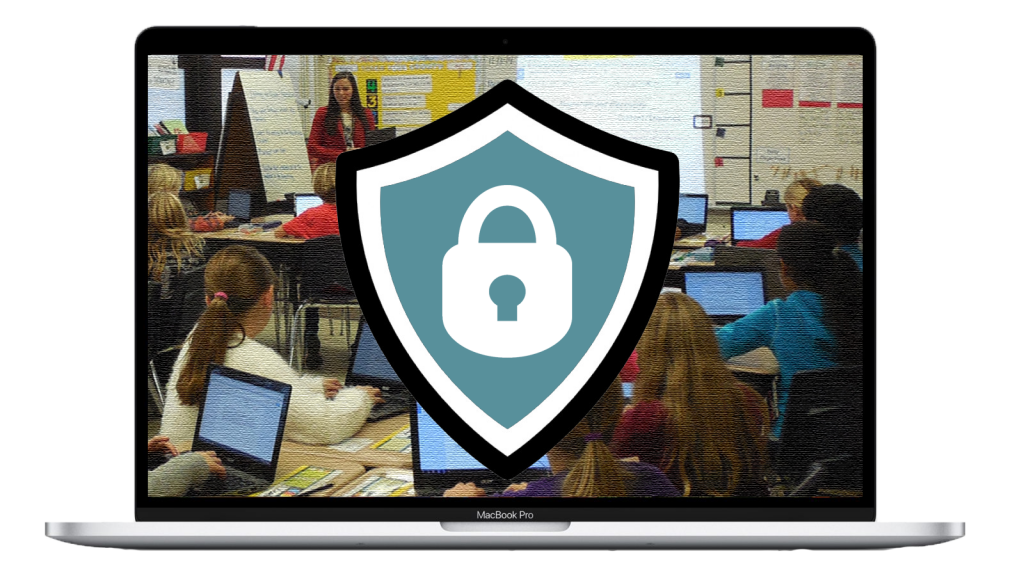Setting up an internet connection in a school doesn’t resemble the process involved when subscribing to residential broadband.
In addition to the different uses for broadband in an educational setting, the way in which the connection is shared and delivered across the site or sites also needs to be considered.
Instead of starting with questions like ‘Which broadband suppliers / packages are the best’ or ‘How much does school broadband cost’, it’s probably more useful to start by figuring out what your specific needs and restrictions are, e.g.
- What does my school need from its network?
- What are the unique challenges we face when it comes to connectivity?
- How much leeway do we have to choose the services we need?
When you can answer these questions, shop around to see which suppliers satisfy your expectations and budget.
School size and student numbers
An average-sized primary school (around 250 pupils) will probably benefit from a fibre broadband connection, with download speeds up to 80Mbps.
Secondary schools will experience greater demand. An ultrafast fibre connection would be a suitable solution, capable of delivering download speeds up to 330Mbps.
Many secondary schools opt for a ‘leased line’ connection. This is a dedicated line with a 1:1 contention ratio, meaning it is not shared. As a result, performance does not degrade at busy times of the day, unlike traditional fibre and ADSL connections.
In addition, leased lines offer the advantage of symmetrical upload and download speeds. If you are receiving 100 Mbps download speeds, you will also receive 100Mbps upload speeds as well. This is a particular benefit if content is being created by network users, or data needs to be transferred between individuals and locations.
A leased line is also a good future-proofing investment. While they start at 20Mbps, these connections are capable of scaling in performance up to speeds of 1Gbps.
Demand for data
While download speed is an important consideration, bear in mind that the connection will be shared by multiple users. This will affect speeds experienced on each connected device. The more crowded the network, the slower the speed they will receive.
‘Bandwidth’ can be described as the capacity to transfer a certain volume of data at any single moment. You might compare the concept to a water pipe serving a group of buildings:
- The water in the pipe will flow at a decent rate and volume when demand is manageable;
- If demand in the buildings served by the pipe is too high, the volume of water arriving at individual buildings will drop too
- If the pipes branching off the main are narrower, the volume of water transferred at any one time will also be reduced
The same is true for devices connected to a network. The amount of bandwidth available is finite. If demand is too high, the quality of service drops for everyone.
It gets worse if the capacity for data transfer to each device is not sufficient, like the narrow pipes in the analogy.
If a secondary school with a 100Mbps broadband connection has 50 active devices on a network at any one moment, the maximum download speed for each device would equate to 2Mbps — provided the network is able to deliver data to everyone under optimal conditions.
This doesn’t sound particularly fast and, depending on what the connection is being used for, it may not be enough. It’s all very well if those 50 machines are just being used to browse web pages or read email. However, they might struggle to deliver high-quality streaming video at the same time.
This issue can be addressed to a degree by utilising a web cache server. This is essentially a computer which stores previously requested web pages and other online content on the local network. It means less data needs to be retrieved from the web, reducing load on the network and freeing up bandwidth.
Cache servers are suited to delivering content that doesn’t change or get updated much, as well as static images.

School internet use
The type of applications being used on the network will impact on the bandwidth available to everyone. It’s important to consider how much of a particular activity will be occurring at once, as well as the priority that will need to be given to a particular type of network activity.
In addition to typical online activities such as streaming video, web browsing and sending email, you may also be using your connection for:
- VoIP voice calling
- Centralized administration (attendance registers, SIMS, etc)
- CCTV
- Cloud-based software (e.g. Microsoft Office 365)
- Virtual Learning Environments (VLEs)
- Web conferencing
- Web-based research and lesson resource sharing
- Remote learning
All of these require network resources, with some tasks requiring more bandwidth and greater priority than others and a good wifi connection to use broadband. In the case of applications where significant amounts of data are uploaded (e.g. students and staff posting work and resources to a Virtual Learning Environment) consideration will also need to be given to available upload speed and bandwidth.
Unless you subscribe to a leased line service, upload speeds will be considerably slower than download speeds.
If an application is critical to the functioning of the school, it may also be worth considering whether guaranteed uptime is promised by the service provider to ensure continuity of service.
Service deployment and support
How schools receive internet services may be subject to the location and layout of the school site or campus. A single-building primary school shouldn’t be too difficult to accommodate, but if you have multiple buildings or a split-site school, you’ll want to find a cost-effective way of serving all sites equally.
Some broadband suppliers offer ‘managed’ network services. This essentially means they take care of most technical minutiae and network maintenance. This may include setting up and managing an inter-site network (known as a WAN or Wide-Area Network).
If the institution is part of a larger trust or multi-service community site, it may be possible and / or cost-effective for internet services to be shared across sites or buildings.
An alternative approach is the ‘carrier-only’ option. This is a ‘bare bones’ service: only the broadband internet connection is provided, with no support, supplied software or other services. This allows an institution to have greater control over the network. It’s an option suited to schools with dedicated IT support staff.

Web filtering, e-safety and school network security
The safeguarding of both students and the network are also necessary considerations. How these elements are managed will depend on the level of support at the disposal of your school.
Some tools you may wish to utilise include:
- A firewall to prevent untrusted or unidentified user from gaining access to the network
- Keyword filtering to stop students from searching for and accessing inappropriate content on the web
- Antivirus software to protect devices from viruses and other malware
- Session logging to keep track of when students sign in to and out of the network, and what they do while active
While it is possible to set up and maintain these tools on your own, it will be easier to manage if you have dedicated support available: the software required to perform these functions may need to be purchased and regularly updated, while other network settings will need periodic reconfiguring. Some broadband suppliers may provide these services for free — it’s always worth asking.

